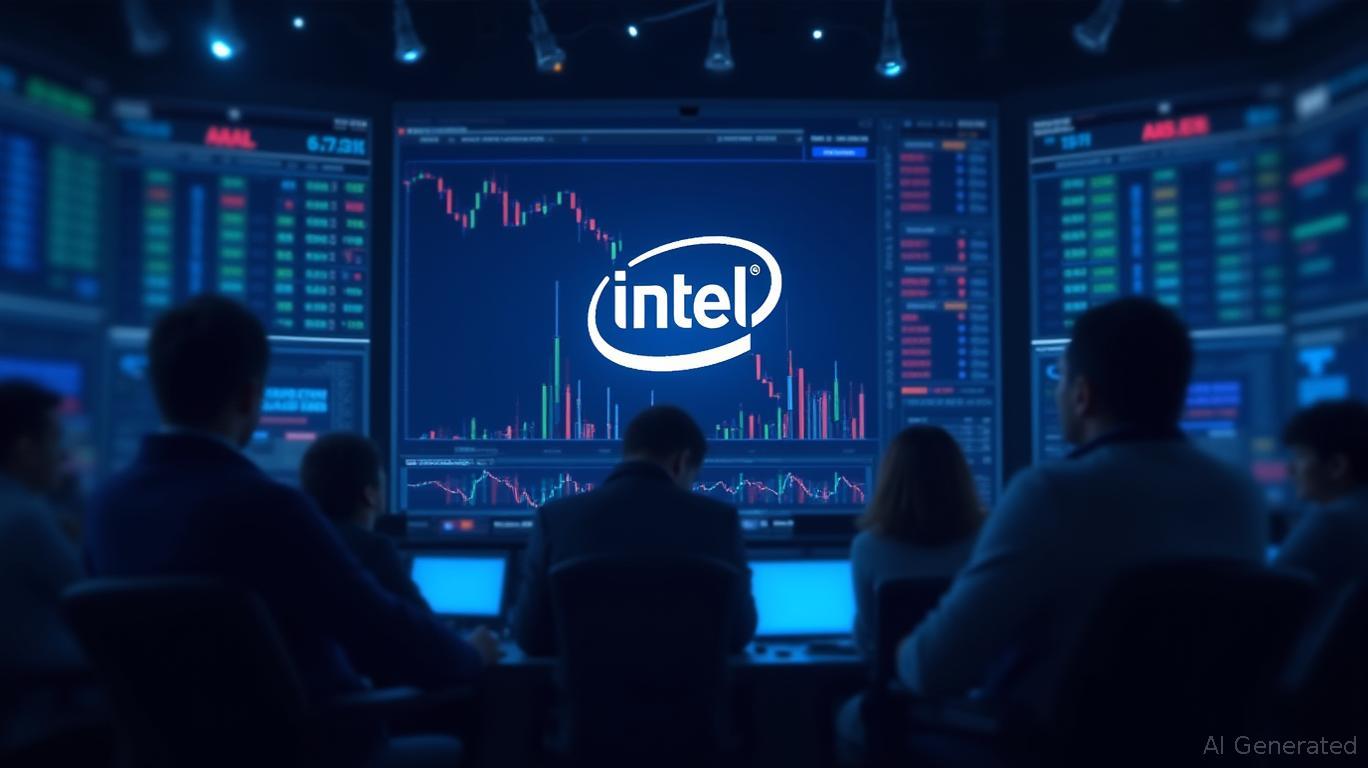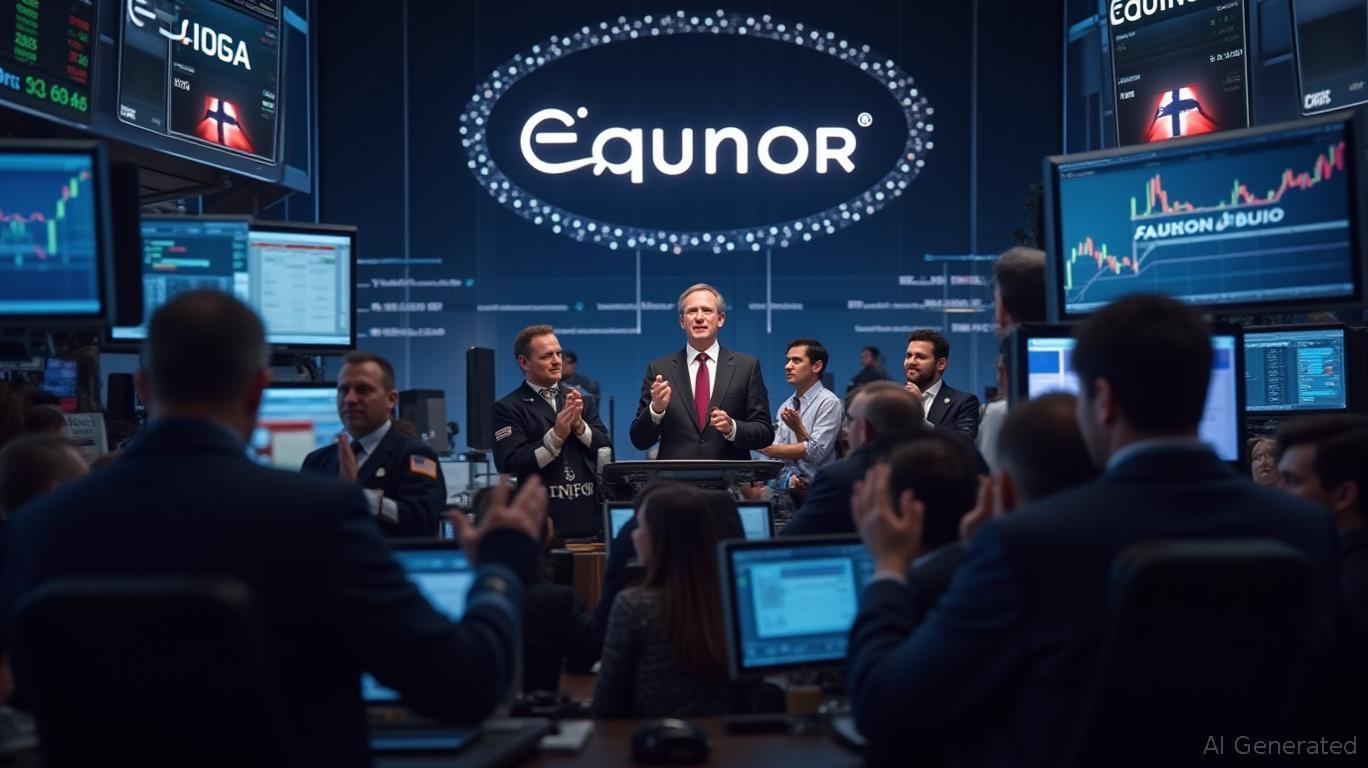Candlestick Theory Intel's price action reveals a short-term bullish reversal pattern, evidenced by three consecutive white candles (June 16–18) closing near session highs after testing the critical support zone of $20.10–$20.30 (June 13 low). The June 18 candle closed at $21.475 with a long lower wick, indicating rejection of lower prices near $20.66, reinforcing demand at this level. Resistance is observed near $21.60 (June 18 high), with a decisive close above potentially targeting $22.44 (June 10 peak). The gap between June 13 ($20.14 close) and June 16 ($20.30 open) remains unfilled, offering technical support.
Moving Average Theory The 50-day SMA ($20.85) and 100-day SMA ($20.70) both slope upward, with the price ($21.475) trading above them—a bullish near-term signal. The 50-day crossed above the 100-day in late April (golden cross), reinforcing positive momentum. However, the 200-day SMA ($22.10) acts as formidable overhead resistance, capping the 2024-2025 downtrend. Current price action suggests short-to-medium-term bullishness, but sustained upside requires breaching the 200-day barrier.
MACD & KDJ Indicators The MACD (12,26,9) shows a bullish crossover on June 16, with the histogram expanding positively—indicating accelerating upward momentum. The KDJ oscillator (14,3) features the %K line (recent: ~58) rising above %D, though both remain below the overbought threshold (80). This alignment suggests strengthening trend continuation potential. No bearish divergence is observed, supporting near-term upside.
Bollinger Bands Volatility expanded sharply during the June 10–11 sell-off (bands widened from ~$1.00 to ~$1.50 daily range) but contracted through mid-June, signaling reduced market tension. The price recently bounced off the lower band ($20.10) and now tests the mid-band (20-day SMA at $20.90). Trading above $21.50 places Intel near the upper band ($21.90), implying minor resistance but validating the breakout if sustained.
Volume-Price Relationship Robust volume accompanied the 7.81% surge on June 10 (171.4M shares), confirming institutional interest. The subsequent three-day rally (June 16–18) averaged 86.5M shares/day—exceeding the 30-day average (81.2M)—further validating bullish momentum. This volume pattern diverges from the low-volume consolidation in May, signaling accumulation and supporting continuation.
Relative Strength Index (RSI) The 14-day RSI has risen from oversold levels (29 on June 13) to 60, reflecting strengthening momentum. While nearing neutral territory, the absence of overbought conditions (>70) leaves room for further upside. The swift recovery from oversold aligns with the MACD/KDJ convergence, though sustained rallies beyond RSI 65 historically encounter profit-taking at Intel.
Fibonacci Retracement Applying Fibonacci levels to the recent $22.44 (June 10 high)–$20.10 (June 13 low) swing yields key thresholds: 38.2% ($21.54), 50% ($21.27), and 61.8% ($20.99). Intel closed near the 50% level ($21.475), facing resistance at $21.54–$21.60. A breach targets 78.6% ($21.92) and full retracement to $22.44. Multiple indicators (RSI, MACD, volume) suggest bullish momentum for testing the 61.8%-38.2% zone.
Confluence and Divergence Confluence occurs at $20.80–$21.00, where the 50-day SMA, Fibonacci 61.8% level, and candle support converge—providing a high-probability buy zone. Bullish agreement among MACD, KDJ, and volume underscores recovery potential. The sole divergence is the 200-day SMA’s downtrend against rising medium-term averages, signaling persistent bearish pressure on longer horizons. Vigilance at $21.60 resistance is warranted for signs of exhaustion or confirmation of continuation.






Comments
No comments yet